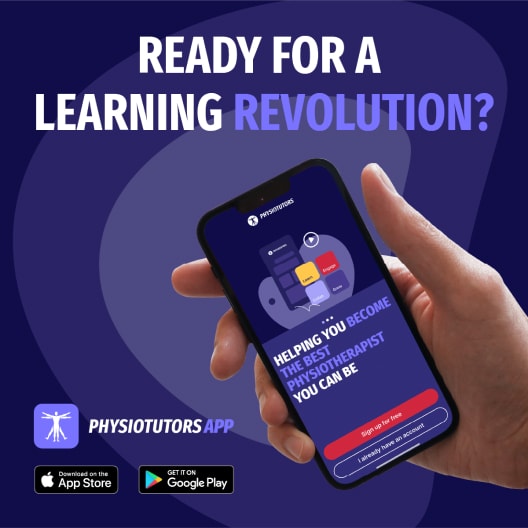

Advanced Course – Benign Paroxysmal Positional Vertigo (BPPV)
€690,00
Prefer third-party payment? Use the option below.
- Language: English
- Learn from Europe’s leading expert in the field of vestibular rehabilitation
- Accreditation with the Kwaliteitshuis and PQK requested
- Includes a delicious lunch, snacks & on-site parking
Instructors

Firat Kesgin

Andrea Castellucci
Description
Understand the pathophysiology. Recognize variants with confidence. Treat complex cases effectively.
Introduction
Benign Paroxysmal Positional Vertigo (BPPV) is the most common form of peripheral vertigo and at the same time one of the most underestimated. While typical cases are usually recognized quickly and treated successfully, rare variants, atypical nystagmus, and persistent courses regularly present a challenge for therapists.
Misdiagnoses and ineffective treatment approaches are unfortunately common in these patients – often leading to persistent symptoms and growing uncertainty. This makes an in-depth understanding of the pathophysiology and a systematic, differentiated approach to diagnosis and therapy all the more important.
This two-day advanced course is aimed at therapists with experience in vestibular rehabilitation who want to deepen their knowledge of BPPV and strengthen their diagnostic confidence and therapeutic skills in complex cases.
Lectures by Dr. Andrea Castellucci will be delivered live via videoconference. The content will be expanded on-site by Firat Kesgin through short knowledge checks and practical exercises.
Admission requirements: Physiotherapists, occupational therapists, physicians, and MTA neurology/ENT
Participation requirements: Basic training and several years of experience in vestibular rehabilitation (Recommended: the 4-day IVRT® Specialist Training in Vestibular Rehabilitation as foundational training)
Course language: English. If needed, certain parts or questions may be explained in Dutch.
Study Goals
After completing the course, you will be able to:
-
Recognize, distinguish, and correctly classify atypical BPPV variants with confidence
-
Select and adapt specific tests and maneuvers to individual findings
-
Reliably differentiate central and peripheral nystagmus based on clinical features
-
Apply new diagnostic procedures such as Minimal Stimulation Testing safely
-
Manage and treat complex or rare BPPV variants in a structured way



